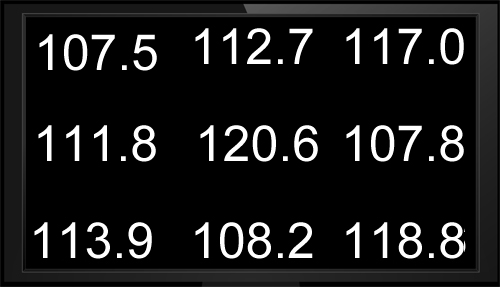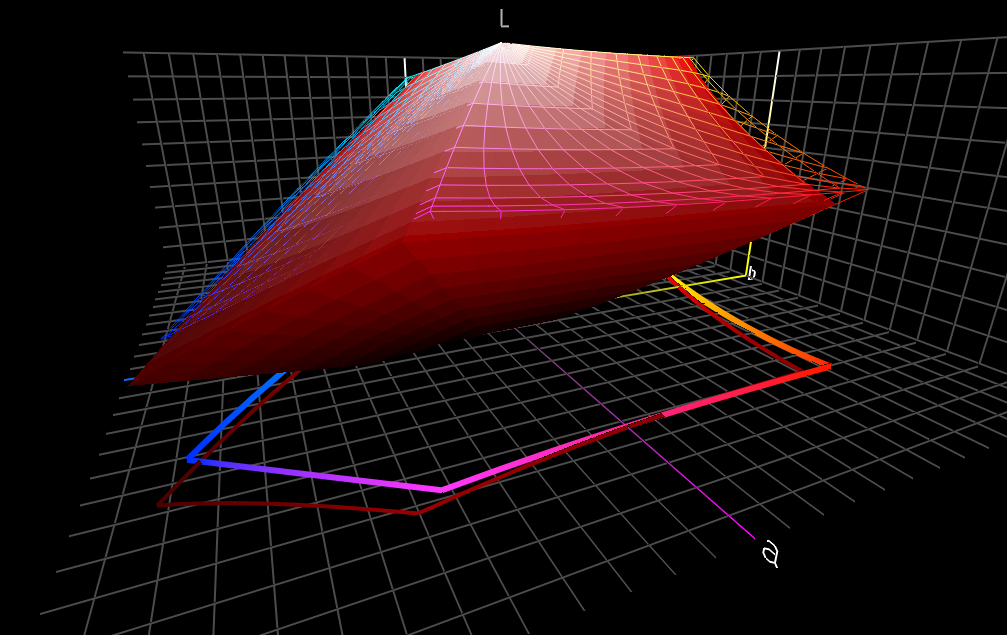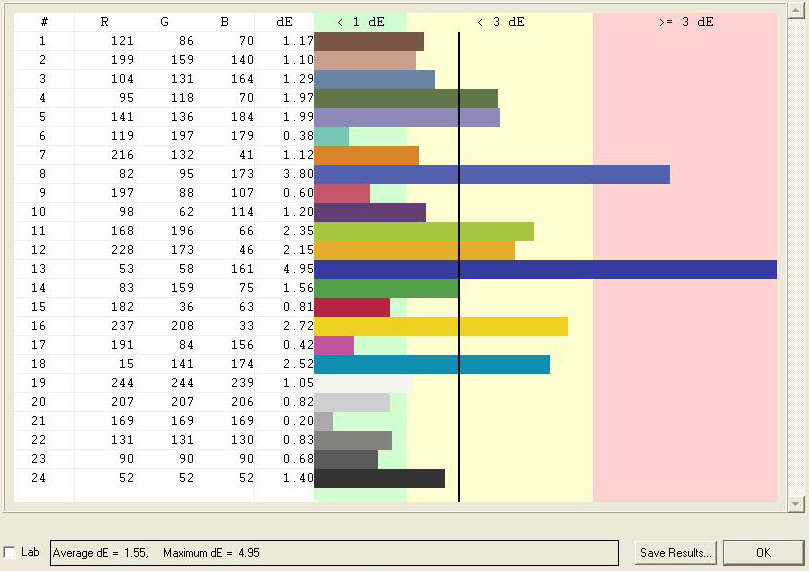CCFL Versus LED: Is There A Downside To Going Green?
With the display market quickly transitioning to LED backlighting, are we losing anything in the move away from CCFL? Sure, LED is supposed to be greener, with richer contrast and color...but is it? Before you jump to conclusions, check out our review.
Quality Tests: Asus VW246 And Analysis
Interestingly, Asus shipped our VW246 with default control settings of only 90 brightness and 80 contrast. Despite color channel values of R100/G100/B100, we measured an initial temperature of 5800K and luminance of a surprisingly bright 263.8 cd/m2 (0.3 cd/m2 minimum). This was also the only display of the nine we reviewed that showed a defective (blue) pixel.
By the time the VW246 hit our bench, we were getting a bit antsy to experiment. Advanced mode calibration left us with an 86 contrast. Leaving the brightness at 90, an 80/80/80 combination of color channels had us looking cool at 6000K but still excessively bright at 200.7 cd/m2. We found this out as one of several steps on the way down to a surprisingly low 45 brightness setting, which finally gave us 120.5 cd/m2 with R87/G80/B95 yielding a perfect 6500K.
Kudos to this relatively antique CCFL for nailing a near-perfect center luminance and showing impressively little fall-off around any of the edges. Temperatures ranged between 6300K and 7000K as minimum luminance bounced between 0.1 and 0.2 cd/m. Gamma stayed rock steady at 2.2 everywhere.
ColorThink Pro reported a gamut of 883 808, and you can see in our graph how similarly the VW246 behaves compared to the Asus MS246H. Our Delta-E results are fairly middle of the road, averaging 1.55 with a 4.95 maximum. That 1.4 result on black should be a bit better.
After watching a range of content, from basic Windows productivity to hi-res photos to HD video, we can say that Asus' two CCFL displays look virtually identical. The VW shows slightly darker shadows more reliably; the MS246H sometimes loses more detail in the darks. Being slightly lighter overall, the MS246H also reveals a bit more compression banding. These points are almost an exercise in fishing for something to say, though. The screens are visually very close.
Setting the LED-based MS238H next to the MS246H, the LED unit looks strikingly red, almost sepia-toned in comparison. At the same time, this red is so vibrant that it makes the MS246H seem washed out. However—and this won’t be the only time we point this out—the MS238H sacrifices some shadow detail, particularly in black and white photography. The LED unit looks stronger and more vibrant to the eye, but the CCFL-based MS246 actually stays truer to the original colors and more faithfully conveys shadow detail.
Given all that, and adding back in power consumption considerations, we would pick the MS246H as the best option among the Asus triad for general content viewing. Yes, it’s a bit erratic on uniform luminance, but it does well with color, wins on detail, and stays toe-to-toe with the LED unit on energy.
Get Tom's Hardware's best news and in-depth reviews, straight to your inbox.
Current page: Quality Tests: Asus VW246 And Analysis
Prev Page Quality Tests: Asus MS246H Next Page Quality Tests: BenQ EW2420-
nforce4max I am going to get such a monitor later this year. Imagine the leap from CRT to Led LCD.Reply -
Ragnar-Kon I personally can't wait until the OLEDs manufacturing process becomes cheaper. Having seen Sony's new OLED displays at this year's NAB in Vegas, I can say they are VERY VERY impressive.Reply -
scook9 I know that I have been rocking a pair of Gateway FHD2400's for a few years now and love them as they meet all my needs and have never left me wantingReply -
g00b Ummm ... LED? They are all LCD :).Reply
"Ultimately, we’d pick LCD for media consumption, but we’d pick CCFL for editing work where detail and accuracy are paramount. LCD is more fun to watch; CCFL is more reliable." -
theshonen8899 Basically the differences are very dramatic right? I'm gonna sound like a hippie for this but I'd definitely go for the greener option. Just being polite for our future generation is all.Reply -
wrxchris May not be too relevant here considering that this article was based around image quality, but as a gamer, I'm still plenty satisfied with my trio of 25.5" Asus TN monitors. Yes, they bleed a bit of light around the edges and the colors may not be very accurate, but they handle fast moving images with no problems and only cost $750 for the set. And my favorite feature is the 16x10 aspect ratio, which is becoming quite hard to find these days; not sure why people are so willing to give up vertical screen space.Reply


